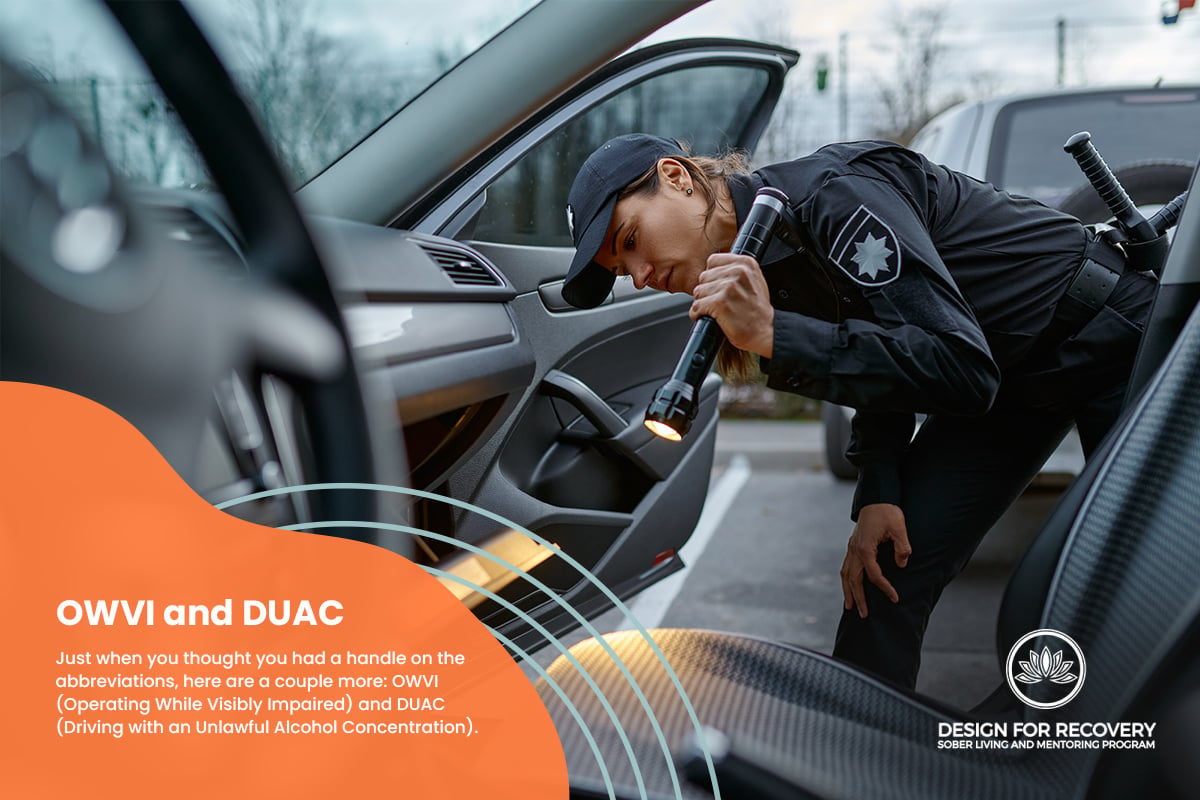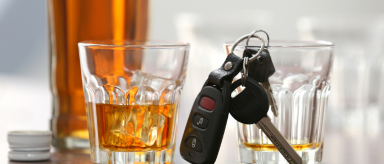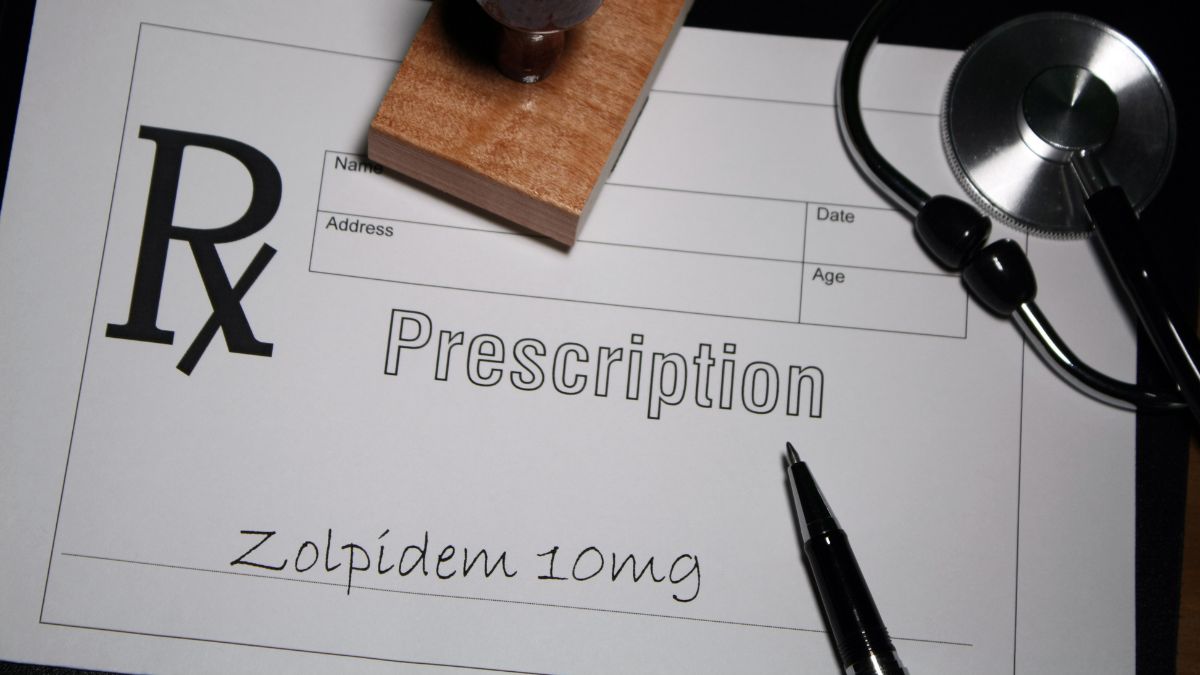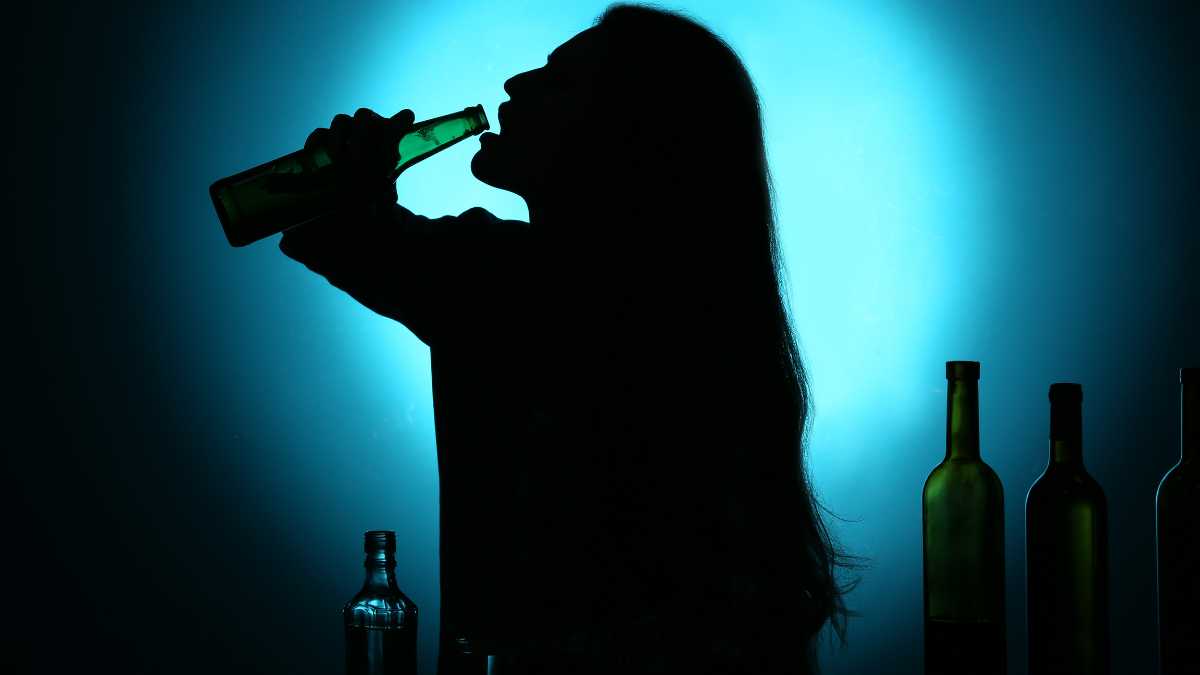Two common terms in driving and law enforcement often come up: DUI and DWI. What is the difference? These terms are often used interchangeably but can have distinct meanings depending on location.
Understanding these nuances can be fundamental for determining any legal consequences while driving.
DUI vs. DWI: What is the Difference?
DUI stands for Driving Under the Influence, while DWI stands for Driving While Intoxicated. Both terms address the same critical issue: driving under the influence of alcohol or drugs.
However, the specific definitions and consequences can vary depending on the jurisdiction or the area where the law applies.
DUI refers to a broader range of drunk driving offenses. It might involve alcohol, illegal drugs, or even prescription drugs that impair your ability to drive safely.
On the other hand, DWI can indicate a more severe level of impairment, often tied to a higher blood alcohol concentration (BAC) or other aggravating factors.
OUI vs. OWI
In certain places, you might hear terms like OUI (Operating Under the Influence) or OWI (Operating While Intoxicated) from law enforcement officers. These terms are used in specific jurisdictions and may have slightly different legal meanings.
OUI and OWI charges are similar to DUI and DWI – they all deal with impaired driving. Still, they might be labeled differently based on the region’s or state’s laws and rules.
Notably, “OUI” is often associated with specific states like Maine and Massachusetts, while “OWI” is more commonly used in states like Michigan.
For example, in some states, OUI or OWI might be used instead of a DUI or DWI charge. It’s like saying soda instead of pop – the idea is the same, even if the words differ.
Call Design for Recovery to Begin Your Healing Journey!
Reach out to our team to discuss sober living options and next steps toward a healthier routine.
OWVI and DUAC
Just when you thought you had a handle on the abbreviations, here are a couple more: OWVI (Operating While Visibly Impaired) and DUAC (Driving with an Unlawful Alcohol Concentration). Police officers use these terms in specific places to describe impaired driving offenses.
OWVI might apply when a driver’s ability to operate a vehicle is visibly impaired due to substances like alcohol or drugs, even if their BAC may be lower than the usual legal limit for DUI. This highlights that OWVI addresses impairment regardless of BAC level.
DUAC, on the other hand, focuses on the actual concentration of alcohol in the bloodstream, regardless of how impaired the intoxicated driver otherwise appears.

DUI and DWI Consequences Across the States
Every state treats drinking and driving seriously, but the penalties you face depend on how severe the offense is, your BAC level, and whether you’ve had prior arrests.
Even a first-time DUI can trigger major setbacks, costing you money, time, and peace of mind.
Here’s what drivers often face after a DUI or DWI conviction:
- Fines and legal costs: Court fines can range from a few hundred to several thousand dollars, depending on state law and prior offenses. Add attorney fees, court costs, and mandatory program charges, and the expenses can stack up quickly.
- License suspension or revocation: Most states suspend your driver’s license for at least 90 days after a first DUI. Repeat offenders may lose their privileges for years.
- Alcohol education or treatment programs: Courts often require attendance in educational courses that explain how alcohol affects driving and decision-making.
- Community service: Some states substitute jail time for community service hours to promote civic responsibility.
- Probation: You may be placed under supervision with required sobriety checks or reporting to an officer.
- Jail time: In severe or repeat offenses or when people are injured, you may face jail or prison sentences, even for a first conviction in some jurisdictions.
While legal outcomes vary across the country, one truth stays the same: avoiding the first offense is far easier than facing the consequences.
From a safety and legal standpoint, the best way to avoid these penalties is to prevent drunk driving and stay sober on the road.
Alcohol-Impaired Driving Laws by State
Each state sets its own blood alcohol concentration (BAC) limits, penalties, and enforcement rules for impaired driving. While most follow the federal 0.08% BAC limit, specifics vary widely.
- Zero tolerance for underage drivers: All 50 states enforce strict 0.00–0.02% BAC limits for those under 21.
- Lower BAC limits in Utah: Utah has the strictest BAC rule in the nation at 0.05%, reducing the margin for error.
- Mandatory ignition interlock devices (IIDs): Many states, such as California and Arizona, now require these breath-based devices even after first offenses.
- Higher penalties for elevated BAC: States like Georgia and New York impose heavier fines and longer suspensions for BAC levels above 0.15%.
- Repeat offender enhancements: Multiple DUIs can trigger felony charges in several states, including Texas and Florida.
For a complete breakdown of DUI penalties and requirements in your state, visit the NHTSA resource on drunk driving laws.
Understanding your state’s laws can help you make safer choices, and if you’re in recovery, staying sober behind the wheel keeps you and others out of harm’s way.

Will DUIs and DWIs Impact My Insurance Rates?
Getting a DUI or DWI conviction can significantly impact your car insurance rates. Because insurance companies often view people with drunk driving convictions as high-risk drivers, it usually leads to higher premiums. Insurance companies might sometimes cancel or non-renew policies for individuals with DUI or DWI convictions.
Contact Design for Recovery Today!
Fill out our quick form to connect with a peer mentor and learn how our sober living community supports accountability, structure, and personal growth in recovery.
How Much Do Car Insurance Rates Go Up After a DUI?
One of the most common questions drivers convicted of a DUI ask is how much their auto insurance rates will increase after a DUI.
The answer is not simple; insurance companies have different policies and formulas for calculating premiums. However, some general factors that can affect your auto insurance rates after a DUI are your:
- Driving record
- State laws
- Insurance company
- Coverage level
The best way to determine how much your car insurance rates will go up after a DUI is to shop around and compare quotes from different insurers.
You may find a company that offers you a more affordable rate than your current one.
However, it would be best if you were also prepared to pay more for car insurance for at least three to five years after a DUI conviction, as it will remain on your record for that long in most states.
Do I Need an SR-22 After a DUI Conviction?
Suppose you have been convicted of driving under the influence (DUI) of alcohol or other drugs like morphine. In that case, you may be required to obtain an SR-22 certificate.
An SR-22 form proves you have the minimum liability insurance required by your state. It is not insurance but rather a way for the state to verify that you are financially responsible for any damages or injuries you may cause while driving a vehicle.
The requirements for getting an SR-22 vary. Some states may not require an SR-22 at all, while others may require you to have one for a certain period, usually between three and five years.
You will need to contact your state’s Department of Motor Vehicles (DMV) or your motor vehicle and insurance company to find out the specific details of your situation.
How Long Does a DUI Stay on Your Insurance Record?
The duration a DUI conviction stays on your insurance record can vary. Generally, a DUI can impact your insurance rates for three to five years. However, the duration depends on factors such as your insurance company’s policies and state’s regulations.
Ready to Regain Control of Your Life?
If you or a loved one are facing the aftermath of a DUI or DWI charge, you must take a proactive step forward. At Design for Recovery, we understand the challenges you’re facing, and we’re here to provide support on your journey to recovery and a healthier future.
Our team offers a safe and nurturing environment where you can rebuild your life, overcome obstacles, and embrace a substance-free lifestyle. With personalized programs and a supportive community, Design for Recovery empowers you to make meaningful changes and greater stability.
Don’t let a DUI or DWI charge define your path. Take a step toward a brighter tomorrow. Contact Design for Recovery today for a transformational journey toward sobriety and well-being. Your future starts here.
- DUI vs. DWI: What is the Difference?
- OUI vs. OWI
- OWVI and DUAC
- DUI and DWI Consequences Across the States
- Alcohol-Impaired Driving Laws by State
- Will DUIs and DWIs Impact My Insurance Rates?
- How Much Do Car Insurance Rates Go Up After a DUI?
- Do I Need an SR-22 After a DUI Conviction?
- How Long Does a DUI Stay on Your Insurance Record?
- Ready to Regain Control of Your Life?
Begin Lasting Sobriety Now!
Frequently Asked Questions
DWI refers to driving while intoxicated, while DUI stands for driving under the influence. Both serious offenses can result in fines, jail time, license suspensions, and other penalties. However, DWI may generally be considered worse than DUI, as it implies a higher level of impairment and a greater risk of causing harm to oneself or others. The severity of a DUI or DWI offense can vary by location.
The exact definition of DUI and DWI may vary by state. Still, you can get DUI charges if you get caught driving with a blood alcohol concentration (BAC) of 0.08% or higher or if you’re showing signs of impairment due to alcohol or drugs. You can get a DWI if you are caught driving with a high BAC level above 0.08% or if you exhibit extreme impairment or recklessness due to alcohol or drugs.
Blood Alcohol Content (BAC) limits for drunk driving offenses can differ by state or region. Generally, a BAC of 0.08% is considered the legal limit for DUI, but DWI thresholds can vary.
In some states, DUI and DWI are used interchangeably to refer to the same drunk driving offense while impaired by alcohol or drugs. In other states, DUI and DWI have distinct meanings and different levels of severity.
The legal consequences for DUI and DWI offenses depend on the state laws, the case’s circumstances, and the offender’s prior record. Generally speaking, DWI is a more serious charge than DUI and carries harsher penalties even for a first DWI offense.
DUI and DWI charges vary by jurisdiction or state regarding their definitions, legal limits, penalties, and procedures.
Higher blood alcohol levels in the bloodstream can lead to more severe charges and penalties. Some jurisdictions have separate classifications for different BAC levels, resulting in varied consequences.
Driving under the influence of drugs or prescription drugs can also lead to DUI or DWI charges. These include illegal drugs like marijuana, cocaine, heroin, methamphetamine, ecstasy, etc., and prescription medication such as painkillers, antidepressants, sleeping pills, etc.
- “Driving While Impaired by Alcohol – MN Dept. Of Health.” Driving While Impaired by Alcohol – MN Dept. Of Health, www.health.state.mn.us/communities/alcohol/basics/impaireddriving.html.
- “Drunk Driving | NHTSA.” NHTSA, www.nhtsa.gov/risky-driving/drunk-driving.
- https://www.cdc.gov/impaired-driving/facts/index.html
- Oh, Sehun, et al. “Driving Under the Influence of Alcohol: Findings From the NSDUH, 2002-2017.” PubMed Central (PMC), 10 Apr. 2020, https://doi.org/10.1016/j.addbeh.2020.106439.







Written By
David Beasley